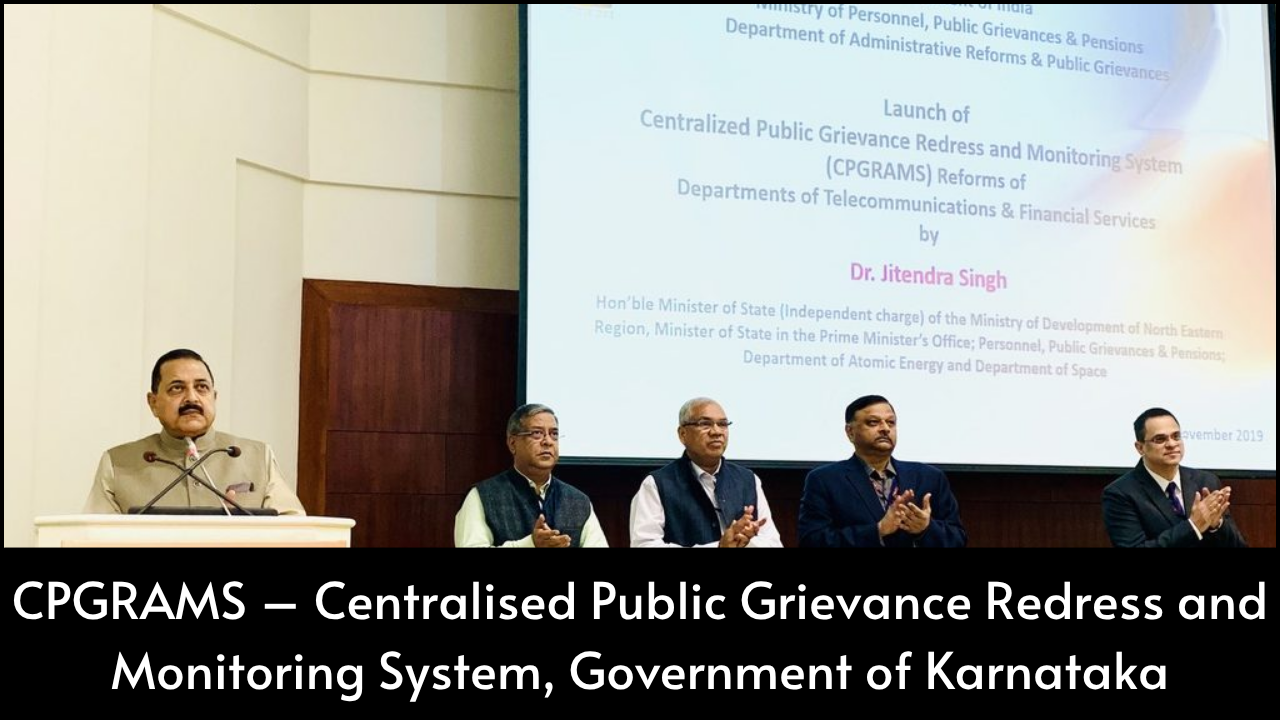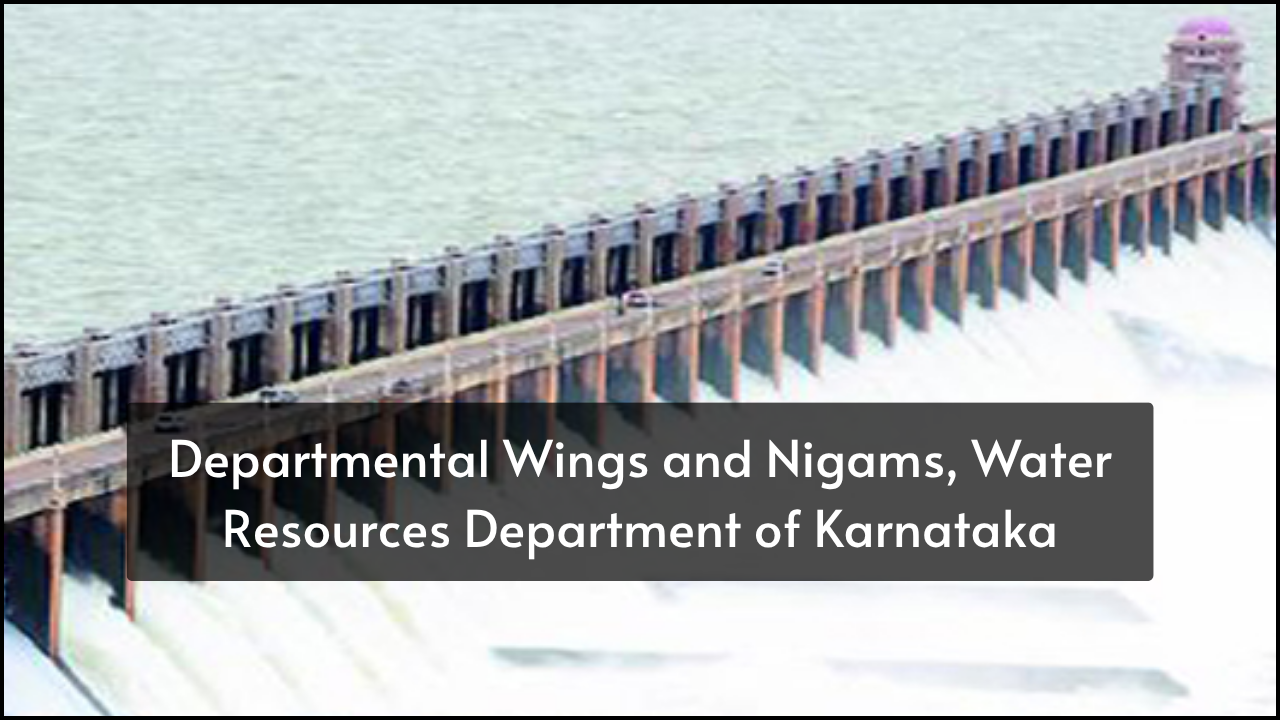
Smart technologies have become essential in solving water challenges across India. With a rising population, water scarcity, climate change, and poor water infrastructure, the country faces urgent needs for efficient water management. Smart Water Management uses modern tools like the Internet of Things (IoT) and Artificial Intelligence (AI) to monitor, control, and manage water resources effectively. These technologies help in reducing water loss, improving water quality, detecting leakages early, and predicting future water demands.
This content provides an in-depth look at how IoT and AI are transforming water management in India. Real applications, tools, and case studies show how different regions and sectors are adapting to smart solutions.
Table of Contents
Role of IoT in Smart Water Management
IoT enables devices like sensors, meters, and valves to communicate in real time. These devices collect and share data for immediate decision-making.
- Smart Meters
- Measure water usage at homes, industries, and farms.
- Help reduce wastage by alerting users about overuse.
- Water Quality Sensors
- Detect harmful pollutants and changes in water quality.
- Used in rivers, lakes, and drinking water pipelines.
- Leak Detection Systems
- Use acoustic and pressure sensors to find leaks in pipelines.
- Prevent water loss before it causes damage.
- Remote Monitoring Devices
- Allow officials to track water tank levels, pump status, and flow rates remotely.
- Automated Irrigation Systems
- Connected to soil moisture sensors.
- Release water only when needed, reducing consumption.
AI Applications in the Water Sector
AI processes data collected by IoT devices and helps in making predictions and smarter decisions.
- Demand Forecasting
- Predicts future water demand based on past usage patterns, population, and weather.
- Leak Prediction
- Uses machine learning to detect patterns that lead to pipeline failure.
- Water Quality Prediction
- Analyzes water samples to predict future contamination levels.
- Smart Planning Tools
- Helps urban planners design more effective water supply systems using real-time data.
- Flood Prediction and Management
- Combines rainfall, river levels, and historical data to warn about upcoming floods.
Benefits of Smart Water Management
| Area | Benefits |
|---|---|
| Urban Water Supply | Reduced leakage, 24×7 supply, better billing systems |
| Agriculture | Improved irrigation efficiency, water conservation, and cost savings |
| Industries | Cleaner production, wastewater tracking, and compliance with regulations |
| Rural Areas | Real-time monitoring, low-cost solutions, and better groundwater management |
| Disaster Management | Early warnings for droughts and floods, better emergency planning |
Indian Projects Using IoT and AI
| Project Name | Location | Technology Used | Purpose |
|---|---|---|---|
| AMRUT (Smart Cities Mission) | Across India | IoT-based water meters and sensors | Improve water supply and reduce non-revenue water |
| Smart Water Grid Project | Bengaluru, Karnataka | IoT, SCADA, AI | Track supply, pressure, and quality |
| HydroSense | Chennai, Tamil Nadu | AI-powered water quality sensors | Monitor groundwater pollution |
| IBM AI for Water | Delhi | AI and big data tools | Detect leaks and optimize supply |
| Jal Jeevan Mission (Tech Use) | Rural India | Remote monitoring using IoT | Ensure tap water to every household |
Challenges in Implementation
| Challenge | Details |
|---|---|
| High Initial Cost | Installation of sensors and software requires investment |
| Technical Skill Gaps | Many local officials lack training in using smart technologies |
| Data Security | Risk of data breaches and privacy issues from connected devices |
| Connectivity Issues | Rural areas often lack stable internet or mobile networks |
| Maintenance Needs | Regular upkeep of sensors and systems is essential but often ignored |
Solutions and Future Outlook
- Government Support
- New policies and funds should focus on smart water solutions.
- Incentives for private players developing IoT and AI tools.
- Skill Development
- Training programs for engineers, planners, and local administrators.
- Public Awareness
- Education about the benefits of smart meters and reduced water bills.
- Customized Solutions
- Tools must suit the needs of local regions (urban, rural, agricultural).
- Collaborations
- Partnerships between tech companies, local bodies, and academic institutions.
Private Startups and Innovators
| Startup Name | Focus Area | Contribution |
|---|---|---|
| WEGoT Utility | Water meters for households | Real-time usage data and leak alerts |
| FluxGen | Industrial water efficiency | Analytics for factories to monitor consumption |
| OCEO Water | Water purification and IoT monitoring | Pay-per-use model for clean water |
| InnoWatts | AI-based demand analytics | Forecasts for water and energy use |
Impact on Sustainable Development
- Water Conservation
- Reduction in wastage through early leak detection.
- Improved Quality of Life
- Reliable water supply, especially in water-scarce regions.
- Environmental Benefits
- Prevention of over-extraction and pollution of water bodies.
- Economic Growth
- Savings in water bills, fewer breakdowns, and better infrastructure planning.
Moving Forward
Smart Water Management, powered by IoT and AI, is becoming a vital part of India’s water sector. From big cities to rural villages, digital tools are making water systems more reliable, clean, and efficient. With the right support, training, and investments, these technologies can reshape how India manages one of its most critical resources. Better planning today will ensure water security for future generations.





